Out Now
The AI Issue
Current Issue
The AI Issue
OCT - NOV 2025
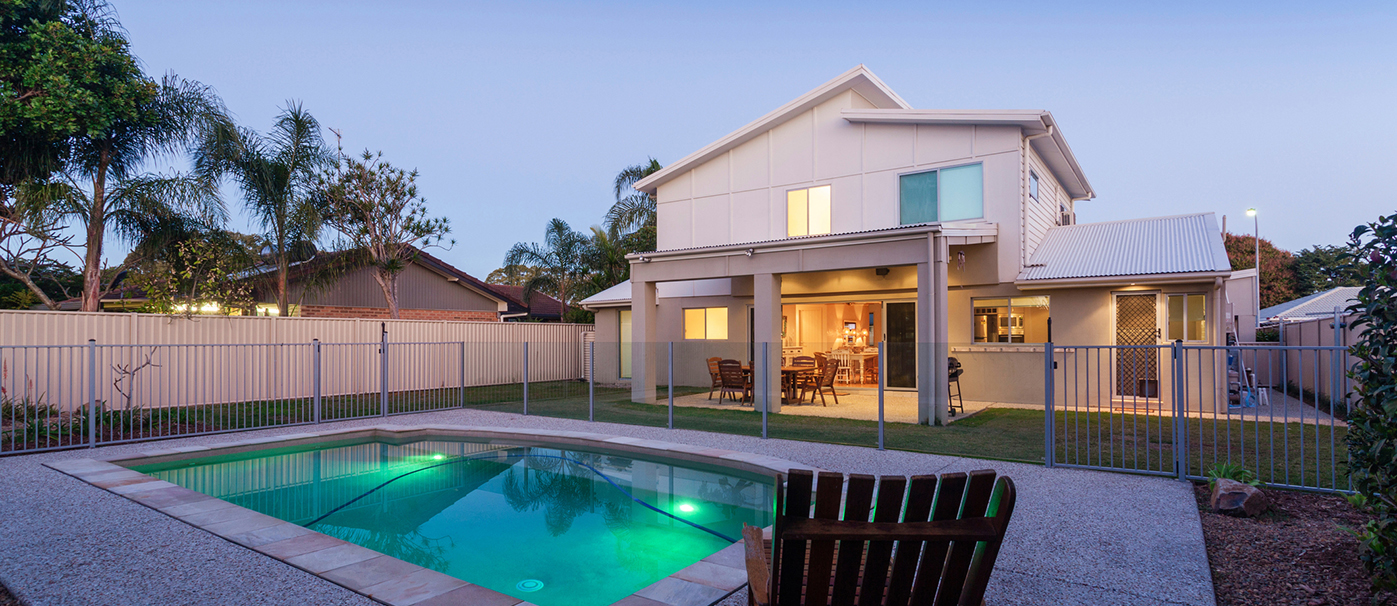
From an electrical point of view, there’s a lot of planning that goes into installing a backyard swimming pool. Matthew Kummerow of Master Electricians Australia explains…
“Hey mate, I’ve just had a pool built, and I need you to hook up the pool pump and this earth wire that’s hanging out.”
I am sure we have all had these conversations before, and they can be difficult.
Pool installations always present challenges for electrical contractors due to the heightened requirements for equipment selection in the pool zones and the additional requirements around equipotential bonding.
Careful planning is required to get the electrical installation right in a pool area.
Planning can be easier on new home builds when we are involved from the beginning, but this is not always the case, and we’re often engaged on projects after pools are installed to existing homes.
I have always found clear and accurate communication with a view to conveying a solution rather than a problem helps greatly when we are struggling to be taken seriously.
1. How do we deal with incorrectly selected pool electrical equipment that is already installed (often the chlorinator or heat pump will have the incorrect IP Rating if installed in Zone 1), and we are engaged to install socket outlets for their connection? This is where clear and accurate communication is vital.
2. What do we do when it is our reasonable belief that the pool builder has completed the bonding to the reinforcing mesh, and we are engaged to make the final connection to the earthing system of the electrical installation?
3. How can we issue Certification for Compliance with the Wiring Rules if we are unsure of the integrity (mechanical and corrosion protection) of the connection to the reinforcing mesh?
4. Are pictures showing the integrity of the connection sufficient?
5. Would it be unreasonable to request Certification from the installer for this connection? After all, this connection is electrical work and needs to be completed by a licensed electrician/contractor.
Ask the client or pool builder for plans and equipment specifications. It is always easier to plan out our installation when we have all the information.
Classify the zones
Once the zones have been determined, we can make some informed decisions around location and selection (IP rating) of electrical equipment.
Determine equipotential bonding requirements
Once these requirements have been determined, we can make some informed decisions around equipotential bonding, plus location of any conductive materials within arm’s reach of the pool edge that may require bonding.
Keep in mind there are two considerations here. That is, the equipotential bonding requirements of the pool structure and electrical equipment plus the ‘arm’s reach zone’ for conductive fixtures and fittings as per 5.6.2.6 of the Wiring Rules.
Discuss electrical equipment selection and suggest any changes or relocations
If there are any problems – offer solutions.
Discuss eliminating any conductive fixtures and fittings within arm’s reach of the pool edge
Some of the most difficult items to deal with in a pool area are
conductive materials within arm’s reach of the pool edge.
If it is possible to move them or choose alternative materials, it can make our installation a whole lot easier.
Discuss installation wiring and equipotential bonding required to be installed prior to construction
Now that we have planned out what will be installed, discuss
what needs to be done to make this happen. Discuss timeframes.
Detail the conduit routes. With all the information, we can clearly and accurately communicate what is required to achieve the desired outcome.
Wiring Rules – Damp Situations
Section 6.3 (Swimming Pools, Paddling Pools and Spa Pools or Tubs) sets out the requirements for the Pool Zones and the electrical equipment allowed to be installed in these zones.
The ‘Piece of String’ technique: I had this explained to me once and always found it handy when trying to visualise the zones around a swimming or spa pool.
It also works extremely well when trying to determine zones that are limited by barriers.
For Swimming Pools – Zone 1:
1. Cut a piece of string two metres* long.
2. Attach one end of the piece of string to a slide that will roll around the edge of the pool in the horizontal plane only.
3. Place the piece of string in tension and move the other end of the piece of string in the horizontal plane around the edge of the pool.
4. The area mapped out by the piece of string determines the limit of Zone 1.
5. By ‘wrapping our piece of string’ around the ends of any barrier, we can also determine the limit of Zone 1 when limited by barriers.
*Substitute the required length for the applicable zone:
• 3.5 metres for Zone 2 of Swimming Pools; or
• 1.25 metres for Zone 1 of Spa Pools or our ‘arm’s reach zone’.
Wiring Rules – Earthing Arrangements and Earthing Conductors
Clause 5.6.2.6 (Swimming and spa pools) determines our equipotential bonding requirements.
This is a general rundown on pool zones, equipment selection and equipotential bonding – there is obviously a lot more information in the Wiring Rules that may provide more detail for your specific installation.
THERE ARE ADDITIONAL REQUIREMENTS THAT ARE NOT IN THE WIRING RULES
Each state service provider, network provider or supply authority will have rules around this.
Clauses 6.3.4.6, 7 and 8 of the Wiring Rules cover some of the requirements, but we need to look further into state-based requirements also.
For example – in 6.9.9(b) of the Queensland Electricity Connection Manual (QECM), it is not permitted to access the meter location through a fenced pool area (not just the pool zone).
If installing solar on an existing property (QCEM 6.4.2 and 6.4.3), it will trigger the requirement for our metering location to be compliant with the current QECM.
This could be a problem if there is an existing fenced pool area at the front of the property that the metering provider has to walk through to access the meter location.
In this case it would be required for the metering to be relocated to a suitable location as per the QECM. This scenario would trigger the major alteration requirements of 6.4.1 of the QECM – that is, compliance with all the requirements of the QECM.
The MEA Technical Department has developed resources that can help when working on pools and spas. If you need advice, phone 1300 889 198 for assistance.
Keep up to date with our latest news and competitions by subscribing to our regular newsletter.

Issue 188
AUG - SEPT 2025

Issue 187
JUN - JUL 2025
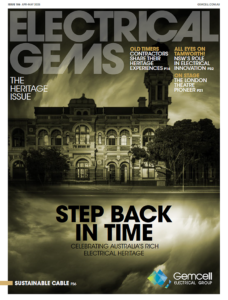
Issue 186
APR - MAY 2025
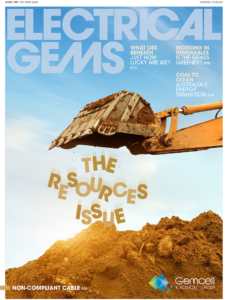
Issue 185
FEB - MAR 2025
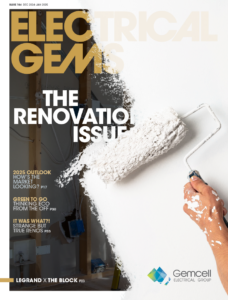
Issue 184
DEC 2024 - JAN 2025
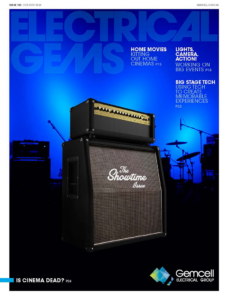
Issue 183
OCT - NOV 2024
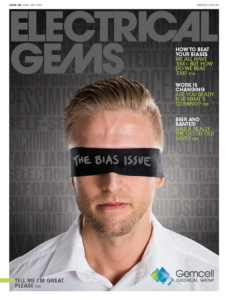
Issue 182
AUG - SEPT 2024

Issue 181
JUN - JUL 2024

Issue 180
APR - MAY 2024

Issue 179
FEB - MARCH 2024
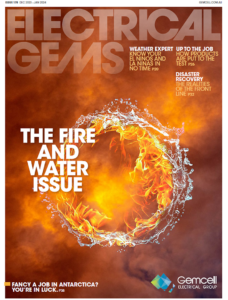
Issue 178
DEC 2023 - JAN 2024

Issue 177
OCT - NOV 2023
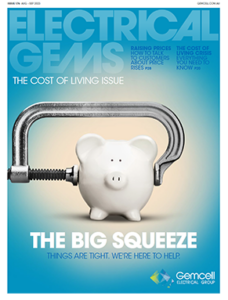
Issue 176
AUG - SEPT 2023

Issue 175
JUN - JUL 2023
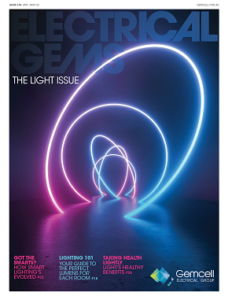
Issue 174
APR - MAY 2023

Issue 173
FEB - MAR 2023

Issue 172
DEC 2022 - JAN 2023

Issue 171
OCT - NOV 2022

Issue 170
AUG - SEPT 2022

Issue 169
JUN - JUL 2022

Issue 168
APR - MAY 2022

Issue 167
FEB - MAR 2022

Issue 166
DEC 2021 - JAN 2022

Issue 165
OCT - NOV 2021

Issue 164
AUG - SEPT 2021

Issue 163
JUN - JUL 2021
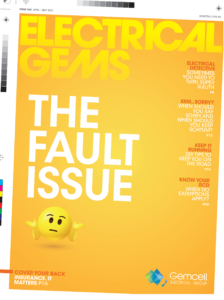
Issue 162
APR - MAY 2021
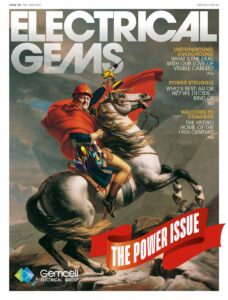
Issue 161
FEB - MAR 2021

Issue 160
DEC 2020 - JAN 2021

Issue 159
OCT - NOV 2020
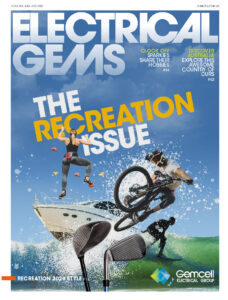
Issue 158
AUG - SEPT 2020

Issue 157
JUN - JUL 2022
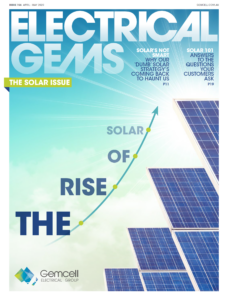
Issue 156
APR - MAY 2020

Issue 155
FEB - MAR 2020

Issue 154
DEC 2019 - JAN 2020
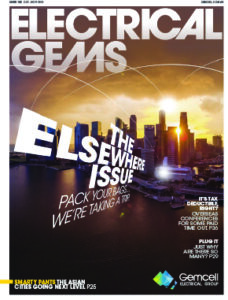
Issue 153
OCT - NOV 2019

Issue 152
AUG - SEPT 2019

Issue 151
JUN - JUL 2019

Issue 150
APR - MAY 2019

Issue 149
FEB - MAR 2019

Issue 148
DEC 2018 - JAN 2019

Issue 147
OCT - NOV 2018
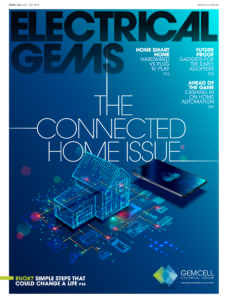
Issue 146
AUG - SEPT 2018

Issue 145
JUN - JUL 2018
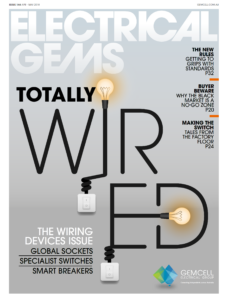
Issue 144
APR - MAY 2018
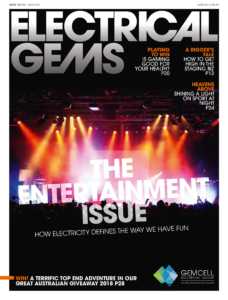
Issue 143
FEB - MAR 2018

Issue 142
DEC 2016 - JAN 2017

Issue 141
OCT- NOV 2017
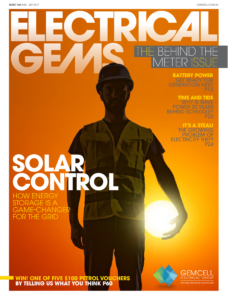
Issue 140
AUG - SEPT 2017
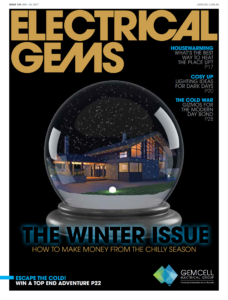
Issue 139
JUN - JUL 2017
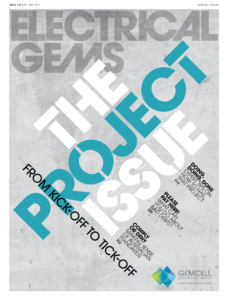
Issue 138
APR - MAY 2017
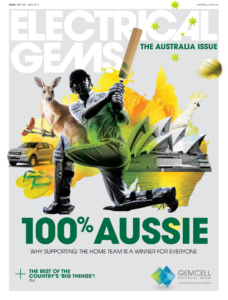
Issue 137
FEB - MAR 2017
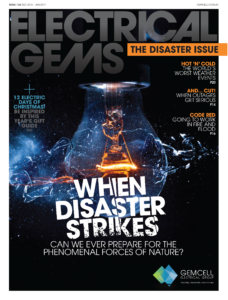
Issue 136
DEC 2016 - JAN 2017

Issue 135
OCT - NOV 2017

Issue 134
AUG - SEPT 2016

Issue 133
JUN - JUL 2016

Issue 132
APR - MAY 2016
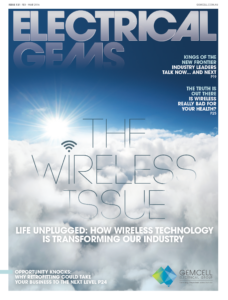
Issue 131
FEB - MAR 2016

Issue 130
DEC 2015 - JAN 2016

Issue 129
OCT - NOV 2015

Issue 128
AUG - SEPT 2015

Issue 127
JUN - JUL 2015
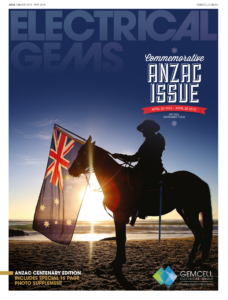
Issue 125
APR - MAY 2015

Issue 125
FEB - MAR 2015

Issue 124
DEC 2014 - JAN 2015
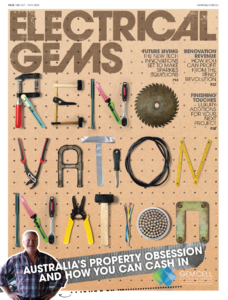
Issue 123
OCT - NOV 2014

Issue 122
AUG - SEPT 2014

Issue 121
JUN - JUL 2014

Issue 120
APR - MAY 2014

Issue 119
FEB - MAR 2014
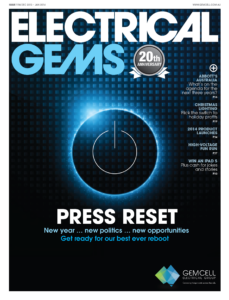
Issue 118
DEC 2013 - JAN 2014
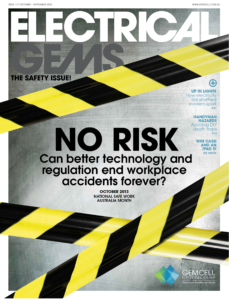
Issue 117
OCT - NOV 2013

Issue 116
AUG - SEPT 2013

Comments (0)
Write a Comment